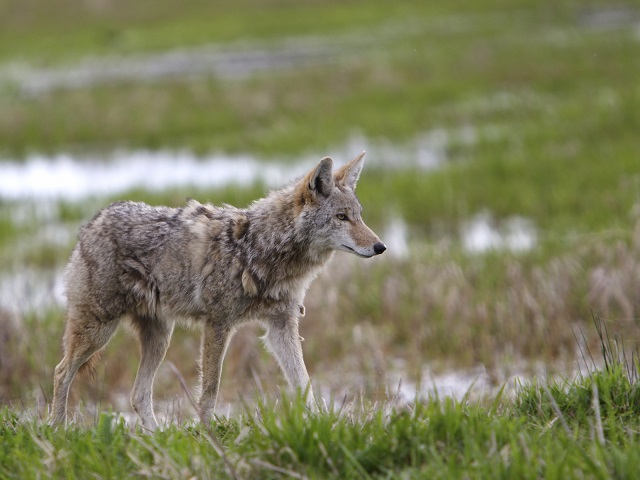American researchers assessed the potential of retrieving eDNA from water sources where animals drink, for species identification.
Follow our blog ! Subscribe to our RSS fluxIn September 2015, Rogers and Mock published a paper entitled “Drinking water as a source of environmental DNA for the detection of terrestrial wildlife species” in the “Conservation Genetics Resources” journal.
Summary: Use of environmental DNA for wildlife species detection is a field of research that has seen rapid growth in recent years, however, the majority of research to date has been focused on aquatic species. Here, the authors propose and test a novel source for the detection of terrestrial species with environmental DNA: drinking water from watering holes and wildlife water developments. They hypothesized that when terrestrial animals drink from a water source, DNA from saliva and buccal cells is shed and can be isolated for species identification. They tested this hypothesis in a pilot study by filtering drinking water supplied to coyotes (Canis latrans) at a captive coyote research facility. DNA was successfully extracted from filters, amplified by the polymerase chain reaction, and sequenced, and sequences were positively identified as belonging to coyotes. The authors believe this environmental DNA based approach holds great promise for the detection of terrestrial species of conservation concern.
Reference: Rodgers, T.W., Mock, K.E. (2015). Drinking water as a source of environmental DNA for the detection of terrestrial wildlife species. Conservation Genetics Resources. DOI 10.1007/s12686-015-0478-7.


